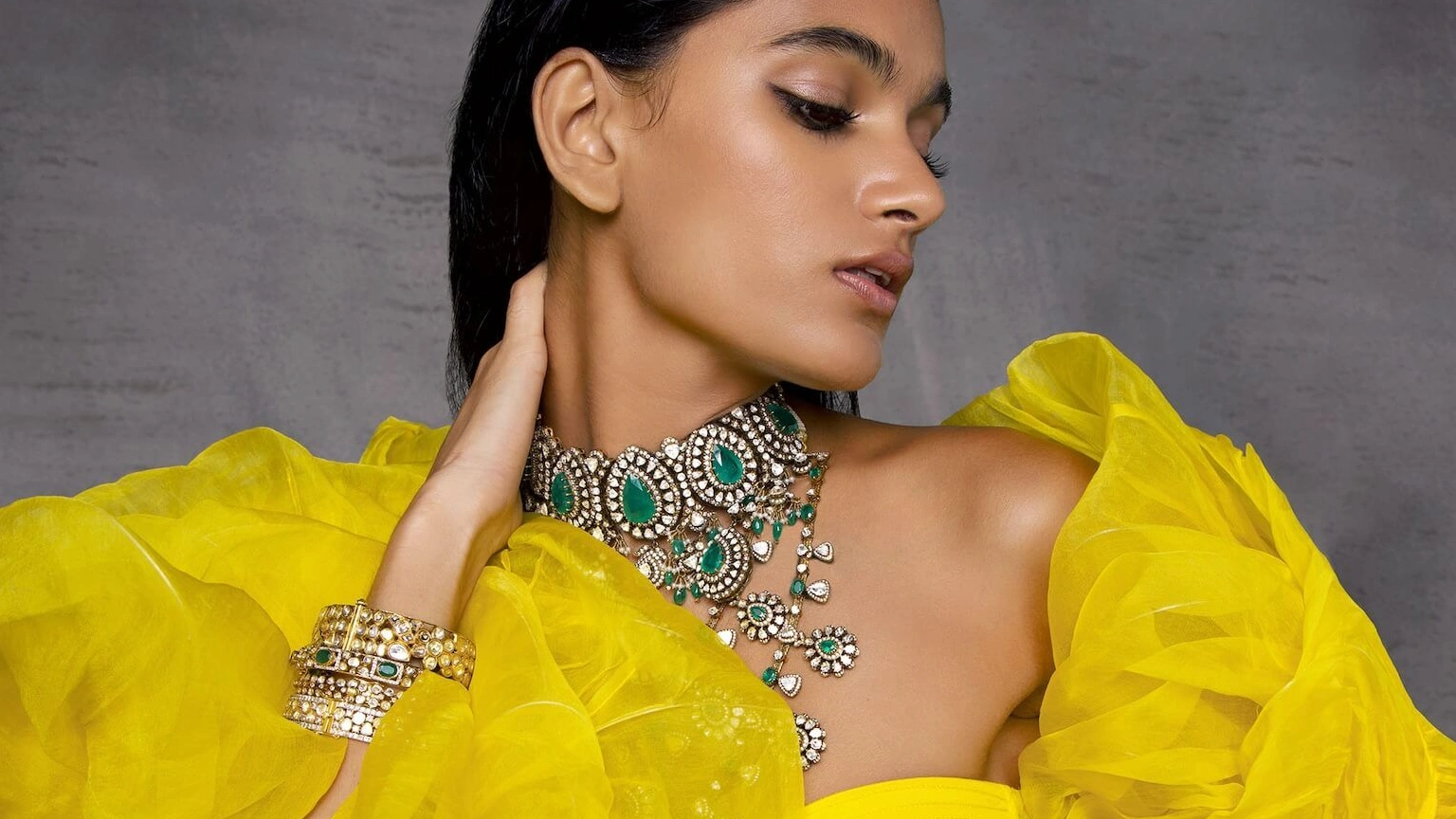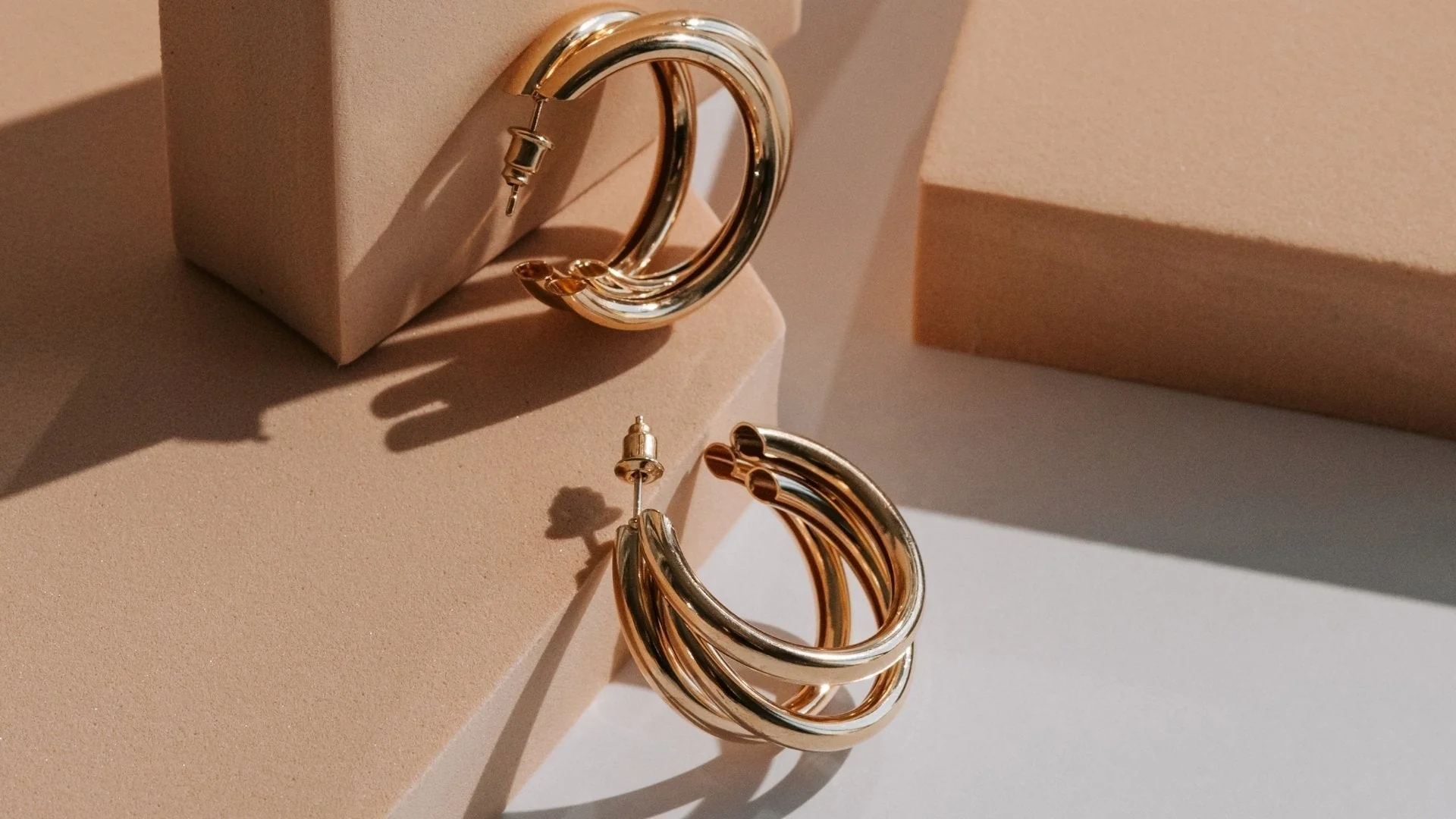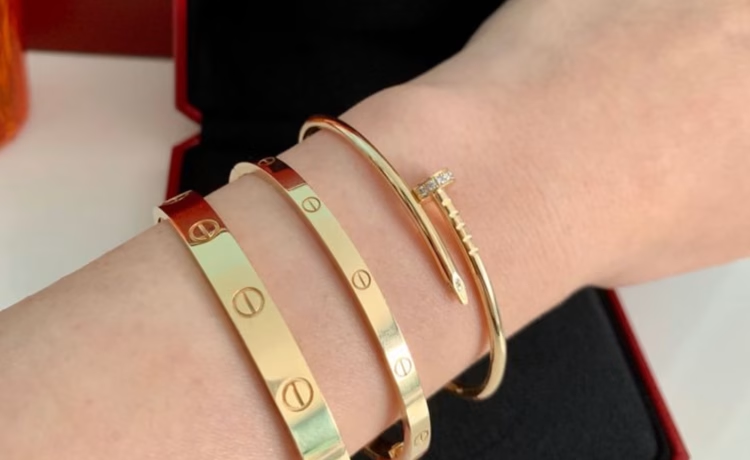Jewelry has always held a special place in human society. From the earliest civilizations to modern fashion houses, it has been more than just decoration. Jewelry symbolizes identity, culture, wealth, love, and even spirituality. Across centuries, it has evolved with changing tastes, technologies, and cultural influences, yet its essence as a form of personal and artistic expression has remained constant.
In this article, we explore the history of jewelry, its cultural meanings, the latest trends, and why it continues to captivate people around the world.
A Brief History of Jewelry
The story of jewelry dates back thousands of years. Archaeological evidence shows that humans crafted adornments as early as 100,000 years ago, using shells, bones, and stones. These early pieces were not only decorative but also believed to hold spiritual or protective powers.
-
Ancient Egypt: Jewelry was a sign of wealth and divine protection. Pharaohs and nobles adorned themselves with gold, lapis lazuli, and turquoise. Amulets symbolized eternal life, and scarab beetles were worn as charms.
-
Ancient Greece and Rome: Jewelry reflected social status and artistic expression. Greeks favored intricate gold designs inspired by mythology, while Romans introduced gemstones such as emeralds and sapphires.
-
Medieval Europe: Jewelry became associated with religion and royalty. Cross pendants, jeweled crowns, and elaborate brooches signified faith and power.
-
Renaissance to Modern Times: Advances in gem-cutting and global trade expanded access to diamonds, pearls, and exotic stones. Jewelry evolved into both fashion statements and treasured heirlooms.
Through history, jewelry has been tied to status, identity, and meaning—far more than a simple accessory.
Cultural Significance of Jewelry
Every culture uses jewelry to express values, beliefs, and traditions:
-
Symbol of Status and Wealth: Gold and gemstones have long been markers of prosperity. In many cultures, jewelry is given as dowries or inheritance, symbolizing stability and success.
-
Rites of Passage: Jewelry often marks significant life milestones—weddings, birthdays, or religious ceremonies. For example, engagement rings symbolize commitment, while graduation rings represent achievement.
-
Spiritual and Protective Power: From Native American turquoise amulets to Hindu mangalsutras, jewelry often carries sacred or protective meanings.
-
Cultural Identity: Designs often reflect local artistry, heritage, and history. For instance, Celtic knots, Indian kundan jewelry, and African beadwork are deeply tied to regional identities.
This cultural dimension explains why jewelry continues to be treasured across generations—it connects personal expression to collective tradition.

Jewelry in Fashion and Personal Style
In modern society, jewelry remains central to fashion. It is an essential tool for self-expression, enabling people to showcase individuality, elegance, or boldness. From minimalist gold chains to extravagant diamond sets, jewelry adapts to personal style and trends.
-
Minimalist Jewelry: Simple designs like thin bands, delicate necklaces, and stud earrings have grown popular for everyday wear. They pair easily with any outfit, embodying elegance and versatility.
-
Statement Pieces: On the other end of the spectrum, bold jewelry—oversized earrings, chunky necklaces, or brightly colored gemstones—allows wearers to stand out and make fashion statements.
-
Mixing Metals and Styles: Gone are the days of strict matching. Today, mixing gold, silver, and rose gold, or layering necklaces and stacking rings, reflects a modern, dynamic aesthetic.
-
Personalized Jewelry: Custom name necklaces, birthstone rings, and engraved pieces are increasingly sought after, making jewelry more personal and meaningful.
Jewelry’s adaptability ensures its place in both timeless elegance and contemporary fashion.
Diamonds and Gemstones: The Everlasting Fascination
Few things captivate the human imagination like diamonds and gemstones. Each stone carries unique beauty and symbolism:
-
Diamonds: Known as “a girl’s best friend,” diamonds symbolize love, purity, and strength. They remain the most popular choice for engagement rings worldwide.
-
Emeralds: Associated with fertility, rebirth, and harmony, emeralds were adored by Cleopatra and continue to represent luxury and elegance.
-
Sapphires: Often linked with wisdom and royalty, sapphires gained fame as Princess Diana’s engagement ring stone.
-
Rubies: Known as the “king of gemstones,” rubies symbolize passion, vitality, and protection.
-
Semi-Precious Stones: Amethysts, aquamarines, garnets, and topaz offer vibrant alternatives that make jewelry more accessible.
Beyond aesthetics, gemstones are believed to carry metaphysical properties, making them appealing not only for beauty but also for spiritual well-being.
Jewelry as an Investment
Jewelry is more than adornment—it can be a financial asset. High-quality gemstones, diamonds, and precious metals often retain or appreciate in value over time. Vintage or designer pieces may become highly collectible, offering both sentimental and monetary worth.
However, jewelry investment requires careful consideration. Factors like gemstone quality, authenticity, craftsmanship, and provenance determine value. Certified pieces from reputable jewelers or auction houses are safer long-term investments than mass-produced items.
For many, the true value of jewelry lies in its emotional connection. Heirloom pieces passed down through generations carry priceless memories beyond monetary worth.
Technology and the Jewelry Industry
Like every industry, jewelry is being reshaped by technology. Advances in design, production, and retail are transforming how jewelry is created and consumed.
-
3D Printing: Jewelers now use 3D printing to create prototypes and custom pieces with precision. This technology enables innovative designs that were once impossible by hand.
-
Lab-Grown Diamonds: Eco-conscious consumers are turning to lab-created diamonds, which are chemically identical to natural ones but more affordable and sustainable.
-
Augmented Reality (AR): Online retailers use AR apps that allow customers to virtually “try on” rings, earrings, or necklaces before purchasing.
-
E-Commerce Growth: Online platforms have expanded jewelry’s reach globally, making it easier to discover unique, artisanal pieces from different cultures.
These advancements are making jewelry more accessible, customizable, and environmentally responsible.
Jewelry Trends for the Future
As consumer values evolve, several key trends are shaping the jewelry industry:
-
Sustainability: Ethical sourcing, recycled metals, and eco-friendly production methods are increasingly in demand. Consumers want jewelry that aligns with their values.
-
Gender-Neutral Designs: Jewelry is becoming more inclusive, with unisex pieces appealing to diverse audiences beyond traditional gender norms.
-
Vintage Revival: Retro styles from the 70s, 80s, and 90s are returning, with bold colors and playful designs gaining popularity.
-
Smart Jewelry: Technology is merging with jewelry through wearable devices disguised as rings, bracelets, or pendants that track health or provide digital connectivity.
The future of jewelry is one of innovation, inclusivity, and sustainability while retaining the timeless appeal of adornment.

Conclusion
Jewelry has traveled through history as a symbol of beauty, power, identity, and love. Its cultural significance, adaptability in fashion, and growing role as both investment and innovation make it one of humanity’s most enduring forms of expression.
From ancient amulets to cutting-edge smart rings, jewelry continues to evolve while holding true to its essence: a reflection of who we are and what we value. Whether worn as a statement piece, a sentimental heirloom, or a sustainable modern accessory, jewelry remains timeless in its allure.
In a world where trends come and go, jewelry stands as a constant reminder that beauty, meaning, and craftsmanship never lose their shine.

